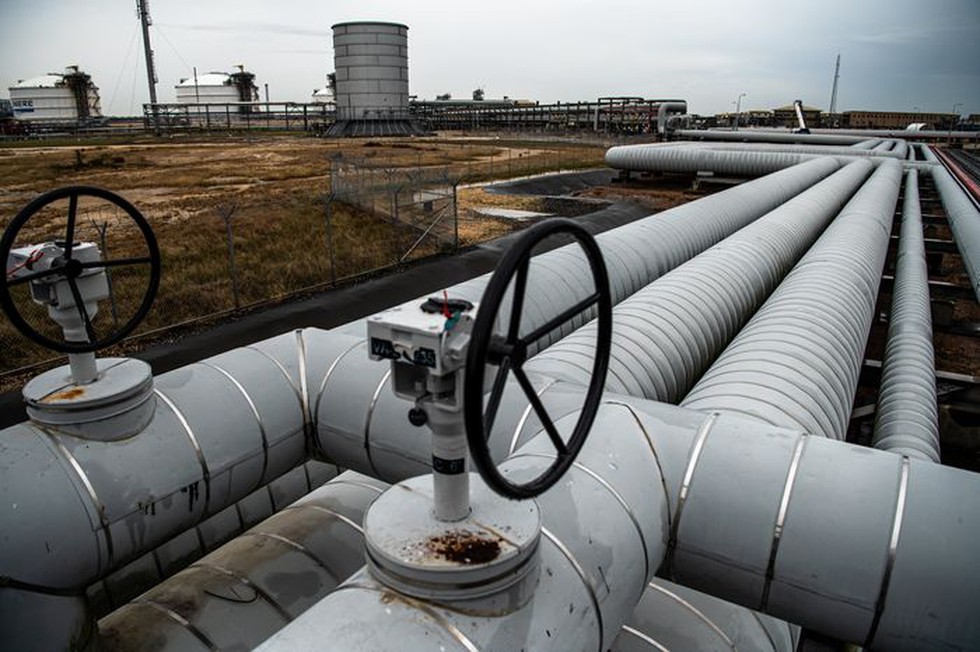Natural gas is often hailed as a ‘bridge fuel’ for transitioning away from coal and oil dependency towards renewables and electrification. This structured analysis delves into the comparative environmental impacts of natural gas and coal, focusing on greenhouse gas emissions, methane leaks, lifecycle assessments, and mitigation strategies.
Greenhouse Gas Emissions: Coal vs. Gas
Lifecycle Assessment:
- Lifecycle assessments reveal varying greenhouse gas emissions across the supply chains of coal and gas.
- Comparisons must extend beyond end-use combustion to provide a comprehensive view.
Methane Emissions:
- Methane, the primary component of natural gas, contributes significantly to its climate impact.
- Methane has a high global warming potential compared to CO2, though it dissipates faster in the atmosphere.
Methane Leaks and Fugitive Emissions
Types of Methane Releases:
- Unintentional leaks and intentional releases during drilling, processing, and production contribute to fugitive emissions.
- Methane plumes are increasingly detected by satellite and sensor technology.
Impact on GHG Emissions:
- Methane leaks can offset the perceived climate benefits of natural gas over coal, especially at higher leakage rates.
Lifecycle Analysis: LNG vs. Coal
- Lifecycle assessments of liquefied natural gas (LNG) and coal reveal nuanced emission profiles.
- Upstream emissions from gas production, liquefaction, and transport contribute significantly to its overall footprint.
Underreported Methane Emissions
- Studies indicate substantial underreporting of methane emissions from the oil and gas sector, highlighting gaps in data collection.
Mitigation Strategies
- Cost-effective measures exist to mitigate methane emissions in the oil and gas industry, yet funding allocation remains low.
- Electrification of upstream facilities and eliminating non-emergency flaring are among the recommended strategies for emissions abatement.
Conclusion
- In the transition to cleaner energy, a comprehensive understanding of the environmental impacts of natural gas and coal is essential.
- Effective mitigation strategies and accurate assessments are crucial for informed decision-making in reducing fossil fuel dependence.
Multiple Choice Questions (MCQ):
- What term is often used to describe natural gas in the context of transitioning away from coal and oil dependency?
- A) Lifesaver fuel
- B) Bridge fuel
- C) Renewable fuel
- D) Transitional fuel
- Answer: B) Bridge fuel
- What is the primary component of natural gas that significantly contributes to its climate impact?
- A) Carbon dioxide (CO2)
- B) Nitrogen oxide (NOx)
- C) Methane (CH4)
- D) Sulfur dioxide (SO2)
- Answer: C) Methane (CH4)
- Which type of methane releases during gas production is characterized by direct burning of excess natural gas?
- A) Intentional releases
- B) Unintentional leaks
- C) Venting
- D) Flaring
- Answer: D) Flaring
- What factor contributes significantly to the overall footprint of liquefied natural gas (LNG) in comparison to domestically produced coal?
- A) Downstream emissions
- B) Methane leaks
- C) Upstream emissions
- D) Combustion emissions
- Answer: C) Upstream emissions
- According to the International Energy Agency, what strategy is considered cost-effective for mitigating methane emissions in the oil and gas industry?
- A) Increasing flaring activities
- B) Implementing carbon capture technology
- C) Electrifying upstream facilities
- D) Encouraging intentional methane releases
- Answer: C) Electrifying upstream facilities
